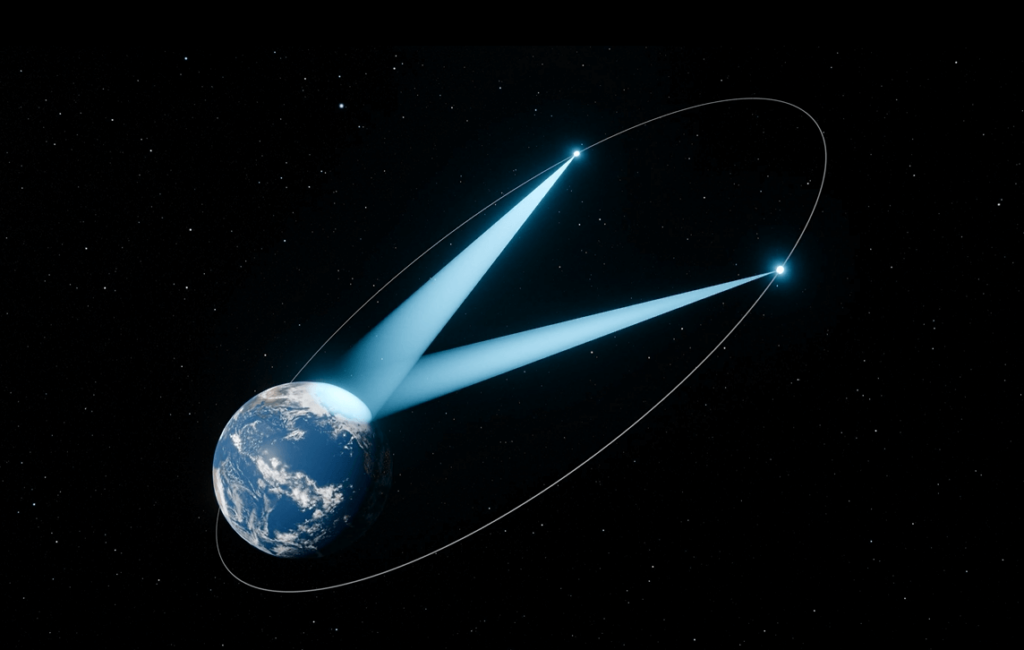
Pounding loudspeakers and blaring vibrations – Space Norway has sent its ASBM satellites to a rock concert in order to simulate the conditions they will be subjected to during launch. In other words, the satellite has been through an important dynamics test.
Thermo vacuum test
Space Norway’s two large ASBM satellites that will be launched in mid 2024, are in a very important test phase. Both have successfully come out of the thermo vacuum test, and the first one is out of the dynamics test.
Space Norway has chosen to launch the two satellites using a Falcon 9 rocket, and consequently the test parameters are based on exactly the same sound characteristics as this rocket has.
ASBM satellites tested – craftmanship put to the test
The satellites go through the dynamics test to make sure the mechanical design is good enough to withstand the extreme conditions inside the rocket fairing during launch. The craftmanship, together with the analyses made during building, are put to the test. Are they solid enough, have the analyses held up?
To make it as realistic as possible, the test is done with the solar panels and the reflectors folded, like they will be during launch. These are paid close attention to during testing, to make sure they don’t move or twist and losen or damage some of the equipment.
Three phases
The dynamics test has three phases; acoustic, vibration and shock. The testing starts carefully with increasing intensity until maximum agreed vibration is reached. Those of us who have seen rocket launches on TV have seen a lot of smoke and flames during take-off, and it is easy to imagine how severely the shaking and vibration is when the powers that lift the 7,200 kg load are released.
To simulate these conditions, the satellites are attached to a ring like the one used inside the rocket, and they are submitted to shaking, swinging and vibration along all the three axes.
Infernally loud
What the TV screen does not tell us, is the sound level of a launch. It is infernally loud. Sound is vibration being interpreted by our ears, and phase two of the test is done inside the acoustic chamber.
Northrop Grumman, who builds the satellites for Space Norway, have leased loudspeakers from the sound production company MSI, who deliver sound to live concerts.
Realistic simulation of a launch
The loudspeakers are stacked on top of each other in seven meter high columns, forming a circle around the satellites, giving a realistic simulation of a launch.
The satellites are placed on a platform in the middle of the room, exposed to around 135dB. The sound level of a rock concert is normally around 100dB or a bit above. But remember that the dB scale is logarithmic, meaning that 103dB is double the sound level as 100dB, and 106dB is double of that again.
In the Northrop Grumman chamber, the level is 135dB – 3,000 times louder than a normal concert.
Separation shock
In the third and last phase of the test, the satellites are given a separation shock. This simulates the push they are given when released from the rocket in their journey to orbit.


